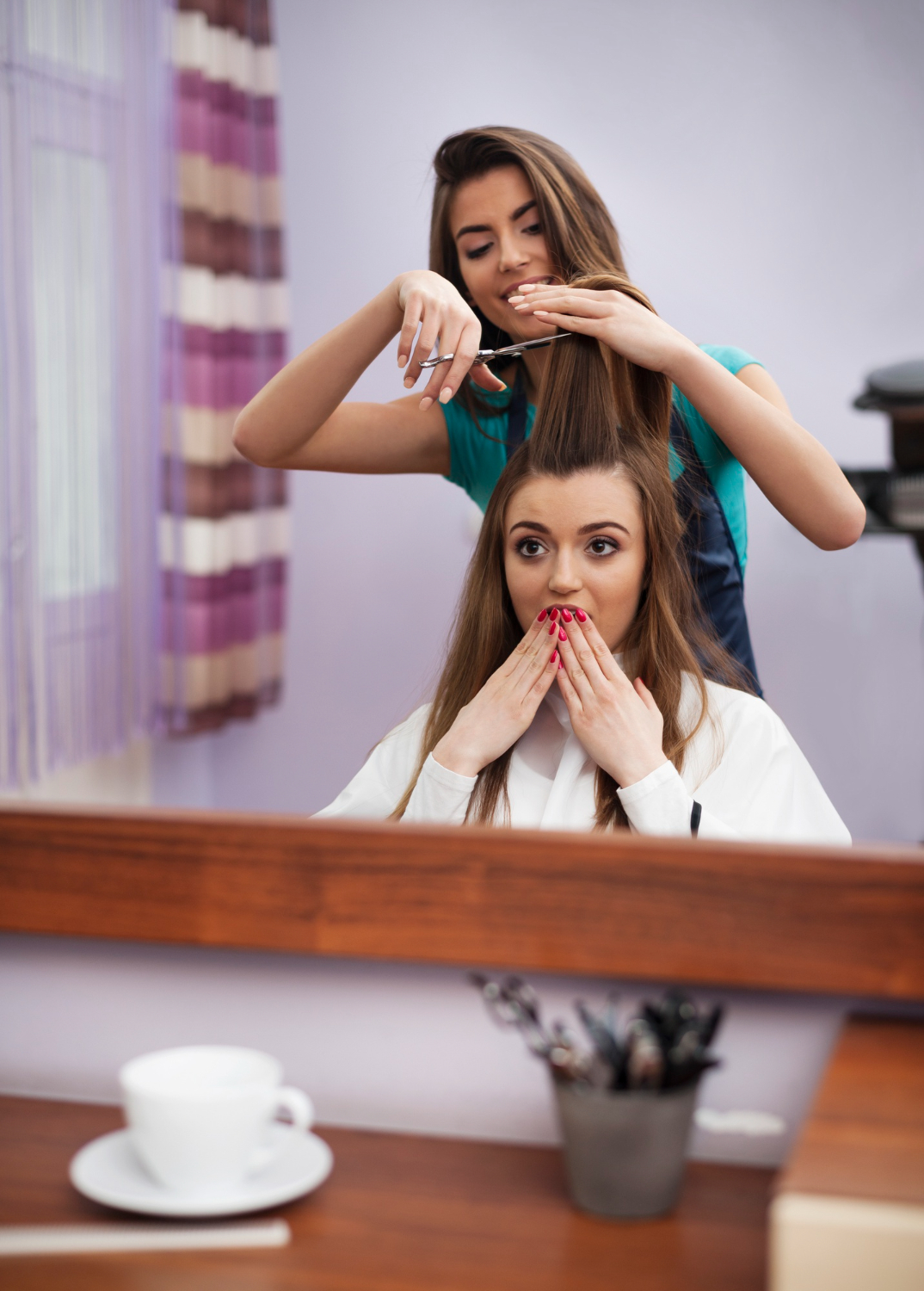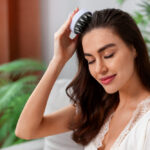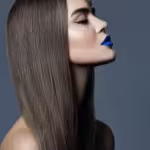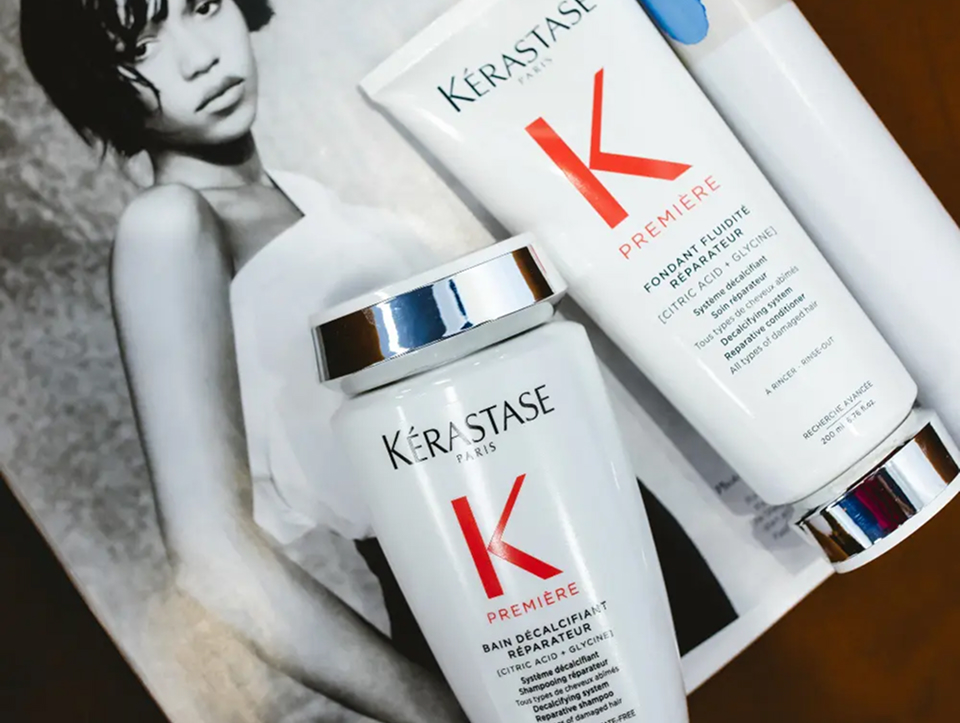A dry cutting technique is more than just a haircut; it’s a stylist’s way to understand your hair’s natural movement, texture, and personality.
When your hair is cut dry, stylists can see exactly how it behaves, giving them the insight to create a style that works for your lifestyle and face shape.
From curly coils to sleek bobs, dry cutting allows for precision, creativity, and authenticity in every snip. At Haste Urban Hair Spa, we combine artistry with technique to ensure every dry cut enhances your confidence and brings out the best in your hair.
What is Dry Cutting? How It Differs From Wet Cutting

Dry Cutting
Dry cutting is the art of cutting hair while it’s completely dry. This method allows your hair’s natural texture to shine through and gives stylists the ability to sculpt your hair strand by strand. It is ideal for curly, coily, or layered styles, as it preserves natural movement and prevents surprises in length after drying.
Tips for Dry Cutting:
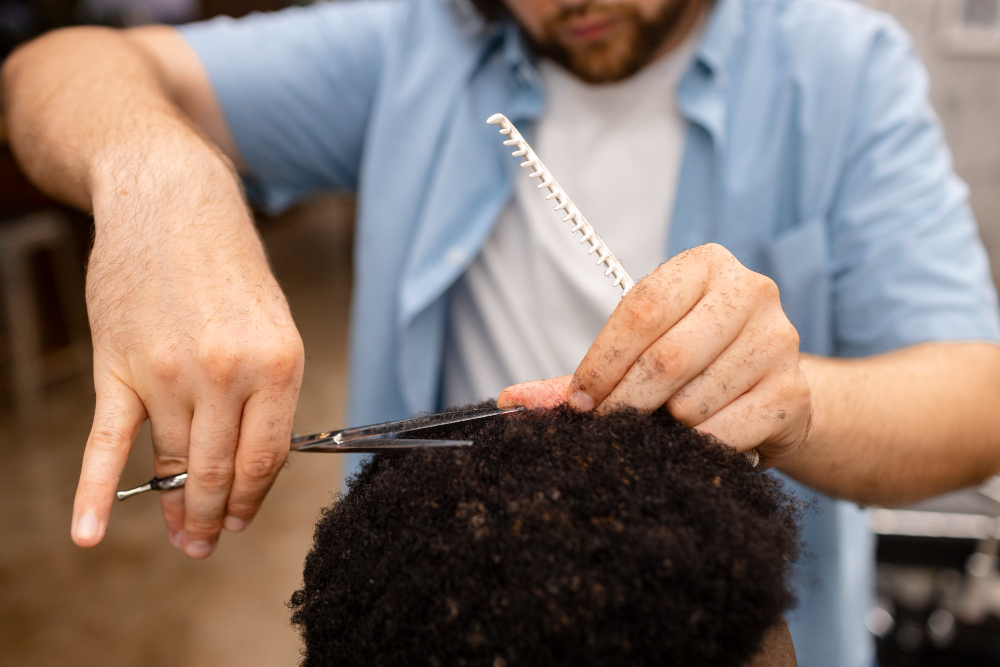
- Cut hair in small sections to see how each piece falls naturally.
- Keep hair clean and air-dried to reveal its actual texture and movement.
- Step back frequently to check balance, volume, and overall shape.
- Consider your daily styling routine—dry cutting ensures the haircut works with your natural habits.
- For curly or wavy hair, dry cutting helps define the curl pattern without overcutting.
- Use lightweight styling products sparingly during the cut to enhance natural movement if needed.
- Ask your stylist questions during the cut—dry cutting is interactive and allows adjustments in real-time.
💡 Learn more about your hair type.
Wet Cutting
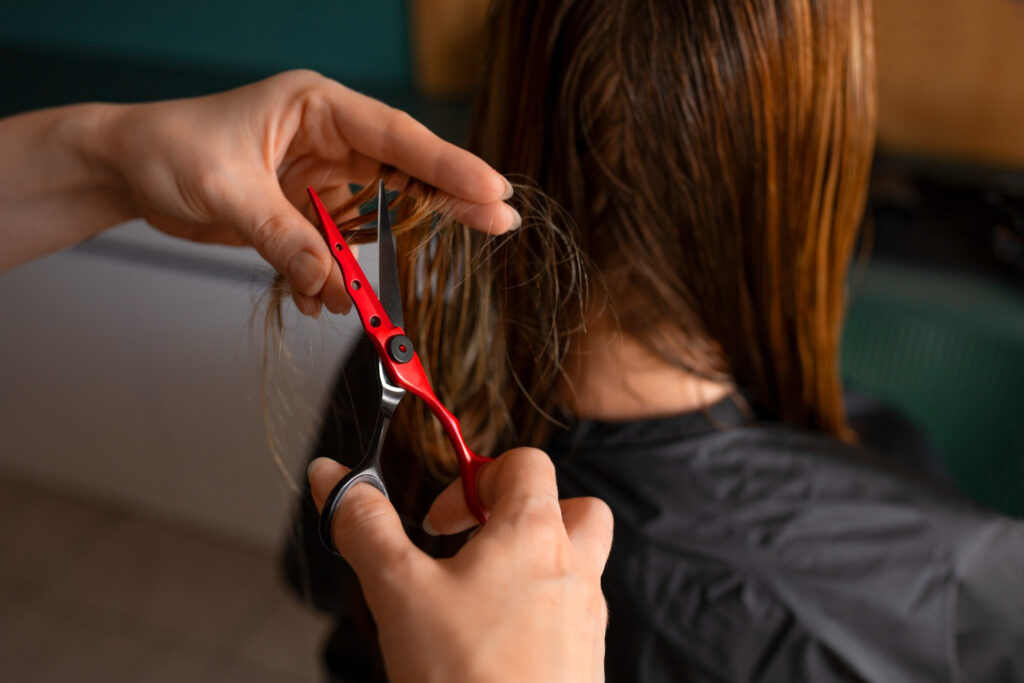
Wet cutting is done on damp hair. It is excellent for precise, straight-across cuts like a blunt bob or geometric styles. Wet cutting restricts movement, making it easier to achieve clean lines but less ideal for curly or textured hair.
Wet Cutting Tips:
- Fine or thin hair responds well to wet cutting for volume control.
- Use minimal tension to prevent stretching hair while cutting.
- Section hair carefully to ensure even lines throughout the cut.
- Always check symmetry by stepping back and observing the shape from different angles.
- Apply a lightweight leave-in conditioner to protect hair while cutting if needed.
- Communicate with your stylist about your typical daily hair styling routine, so the wet cut aligns with your natural style.
- Remember that hair will shrink slightly when dry, so plan the length accordingly.
The Benefits of a Dry Cut?
- Precision & Natural Movement: Dry cutting allows stylists to see how hair naturally falls, ensuring the cut complements your lifestyle—no surprises in shrinkage after drying.
- Time-Saving: Without the need for a shampoo or massage, a dry cut can take less than 30 minutes while delivering a professional, polished look.
- Customizable: Each section is carved with attention to density, weight, and flow. Dry cutting ensures the final look fits your face shape and style preferences.
Tips:
- Communicate openly with your stylist about your desired look.
- Bring photos of your favorite styles for reference.
- Use products designed for your hair type, such as Kerastase for color-treated hair, to maintain the health of your hair post-cut.
Which Hair Types Should Get Dry or Wet Cuts?

- Dry Cutting: Perfect for curly, coily, or textured hair. Works well for asymmetrical or layered cuts.
- Wet Cutting: Ideal for straight, fine, or thin hair. Best for blunt or geometric cuts.
Tip:
- For an imperfect, lived-in look, dry cutting is your go-to method.
- Combine wet and dry cutting for a hybrid approach: start wet to shape, finish dry for texture.
Can You Combine a Wet and Dry Cut?
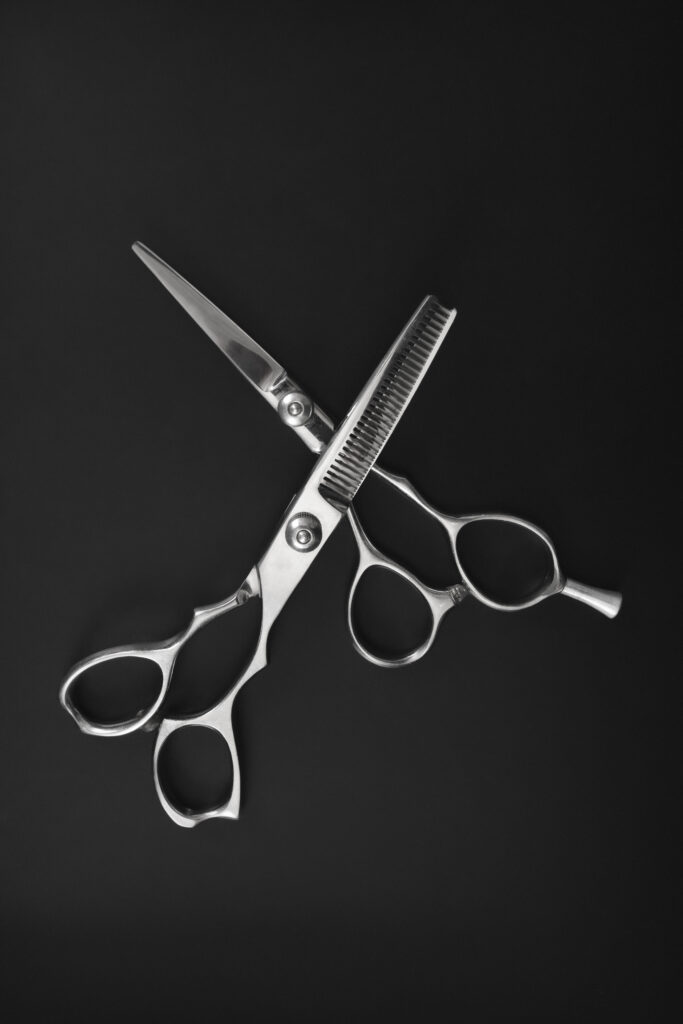
Yes. Some cuts benefit from a hybrid approach: start wet for shaping, then switch to dry to refine details and check movement. This method ensures precision while maintaining natural texture.
Tip:
- Schedule a post-cut style session for blow-drying and finishing touches.
- Trust your stylist to adjust on the fly; hair is dynamic and unique.
Why Dry Cutting Should Be Your Choice
Choosing a dry cutting technique goes beyond hair; it’s about understanding your hair, style, and lifestyle.
From curls to bobs, your stylist can create a cut that moves naturally, requires less product, and fits seamlessly into your routine. Dry cutting allows for real-time adjustments and ensures your hair feels as good as it looks.
Ready to experience the difference? Book your dry cutting consultation today and step into a haircut that’s tailored just for you.
FAQ
What is a dry-cutting technique?
The dry-cutting method involves cutting your hair dry without using water.
How should I prepare my hair for a dry cut?
If you choose a dry cut, we recommend making an appointment with us after washing and air-drying your hair. This will allow us to see your hair texture and how it dries.
Is dry-cutting suitable for all hair types?
Yes, it’s versatile. It works best for textured, curly, or layered hair. Fine or straight hair can also benefit from dry finishing after wet cutting.

